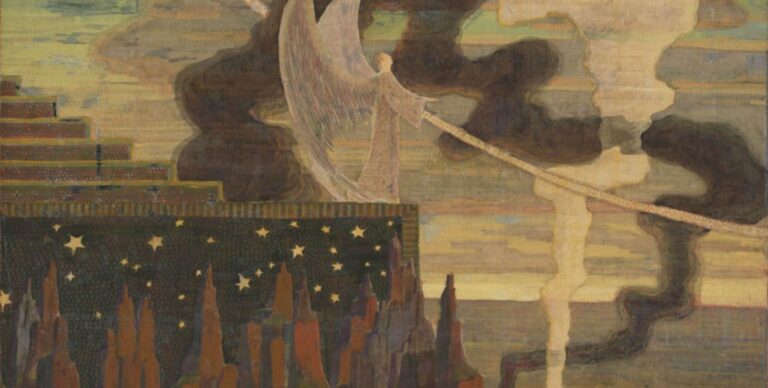
The Galli of Cybele: Queerness in Roman Religion
The Galli were priests of Cybele (Magna Mater), whose worship was introduced at Rome from Phrygia. Often dressed in feminine garments and jewellery, they underwent ritual castration during the Dies sanguinis (“Day of Blood”), on March 24, and occupied a liminal gender role that defied Roman binary norms, wearing flowing robes and adorned with elaborate hairstyles and earrings. Their initiation rite and gender-fluid appearance scandalised Roman elites, and yet they are consistently depicted in temple settings, processions, and altars. They performed ecstatic dances, spoke in tongues, and mediated divine will, especially during festivals like the Megalesia.
Though often derided in Roman satire, their very visibility reminds us that gender variance was part of public religious life, not an aberration, but a form of sacred embodiment. Even in their time, the Galli challenged the idea that ancient Rome was uniformly patriarchal or cisnormative. They were not an exception: they were a whole social category, and yet they had no place in civil rights. They begged for alms and told fortunes, no different from other priests, but they were generally non-citizens and were barred from inheritance rights. Still, the cult of Cybele and the Galli were officially incorporated into Roman state religion from 204 BCE and remained influential until Christianization.





No Comments